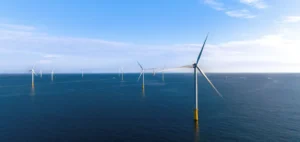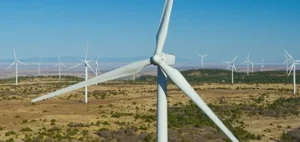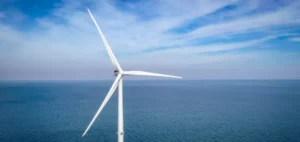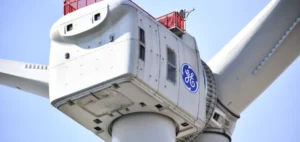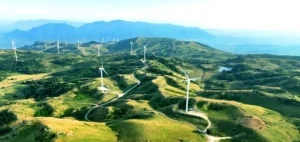The global wind turbine operations and maintenance (O&M) market is expanding rapidly, with an estimated value of $39.61bn in 2025 and a projected $59.67bn by 2030, according to research firm MarketsandMarkets in a study published on May 8. The sector is growing at an average annual rate of 8.5%, driven by the increasing number of wind energy installations and the rapid evolution of digital maintenance tools.
A market powered by predictive technologies
The growing adoption of predictive maintenance, remote monitoring, and artificial intelligence is reshaping industry practices. These tools allow operators to anticipate failures, reduce unplanned outages, and extend equipment lifespan. Autonomous systems, such as drones and remotely operated vehicles (ROVs), are also being increasingly used for inspections, particularly in offshore environments.
The offshore segment is expected to record the highest growth rate within the O&M market due to the expansion of offshore wind projects and the adoption of technology-driven maintenance cost reduction strategies. This trend is further reinforced by industrial strategies focused on reducing environmental footprint and recycling components.
Planned maintenance leads, but failures remain costly
Planned maintenance continues to dominate the market, although unplanned interventions are increasingly expensive. Outages caused by unexpected breakdowns—often due to ageing fleets or extreme weather—significantly impact equipment availability. To address this, operators are investing in digital twins, predictive analytics, and enhanced training of technical teams.
In North America, the wind turbine maintenance market is expected to reach $10.45bn by 2030, supported by growing installed capacity in the United States, which reached approximately 152 GW in 2023. Technological advancements and falling costs have made wind energy one of the most competitive sources of electricity generation in the country.
A market structured around international players
The market is led by companies with strong regional footprints. Key players include Siemens Gamesa Renewable Energy, S.A.U. (Spain), Vestas (Denmark), GE Vernova (United States), Nordex SE (Germany), Suzlon Energy Limited (India), Envision Group (China), SANY Renewable Energy Co., Ltd. (China), and Goldwind (China). These companies offer comprehensive services including remote monitoring, offshore logistics, and multi-brand maintenance.
GE Vernova reports the installation of approximately 57,000 wind turbines totalling over 120 GW of global capacity. Siemens Gamesa Renewable Energy, S.A.U. operates more than 130 GW of installed wind power and remains a major player in offshore wind, with more than 8 GW deployed.

















